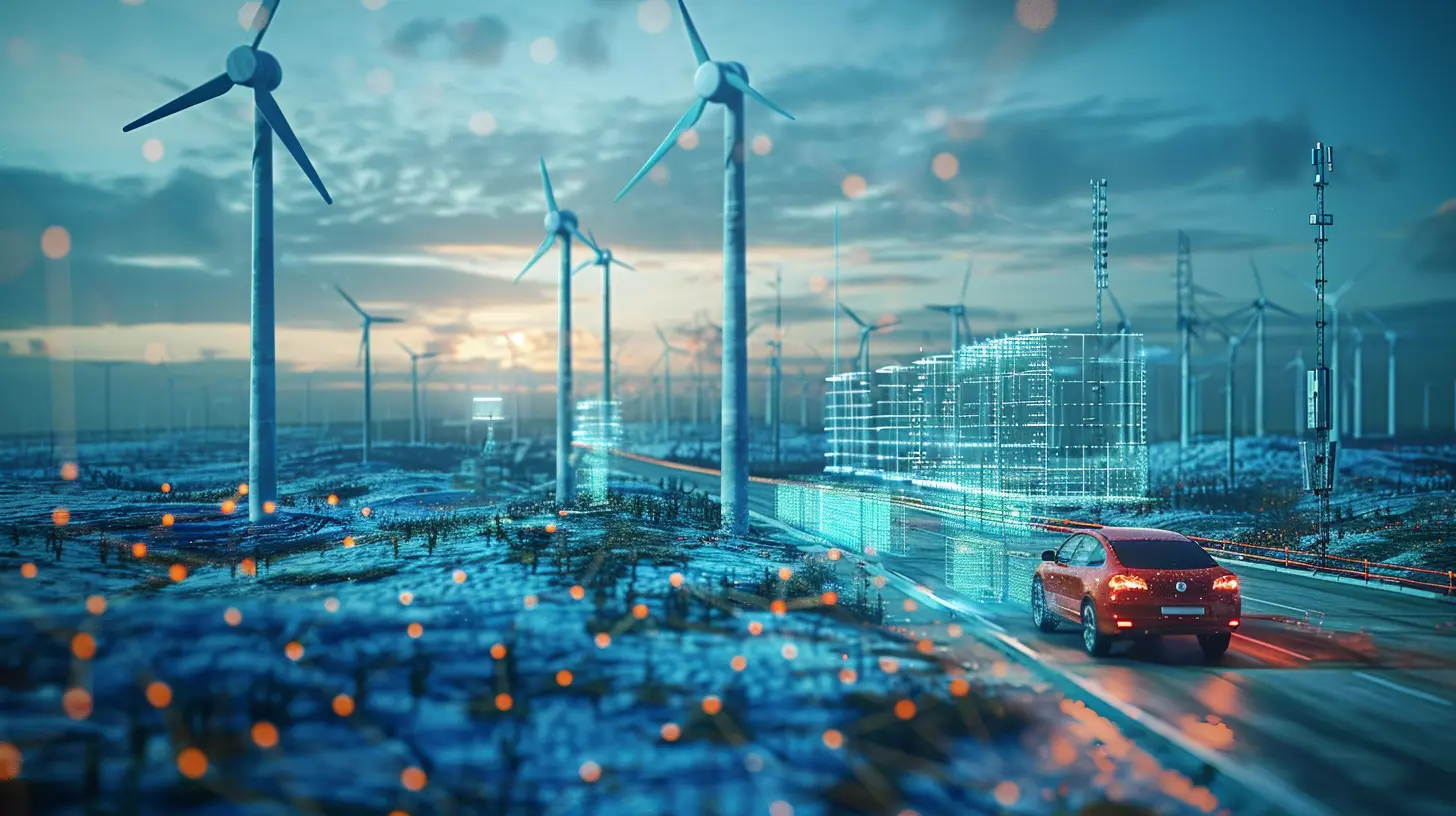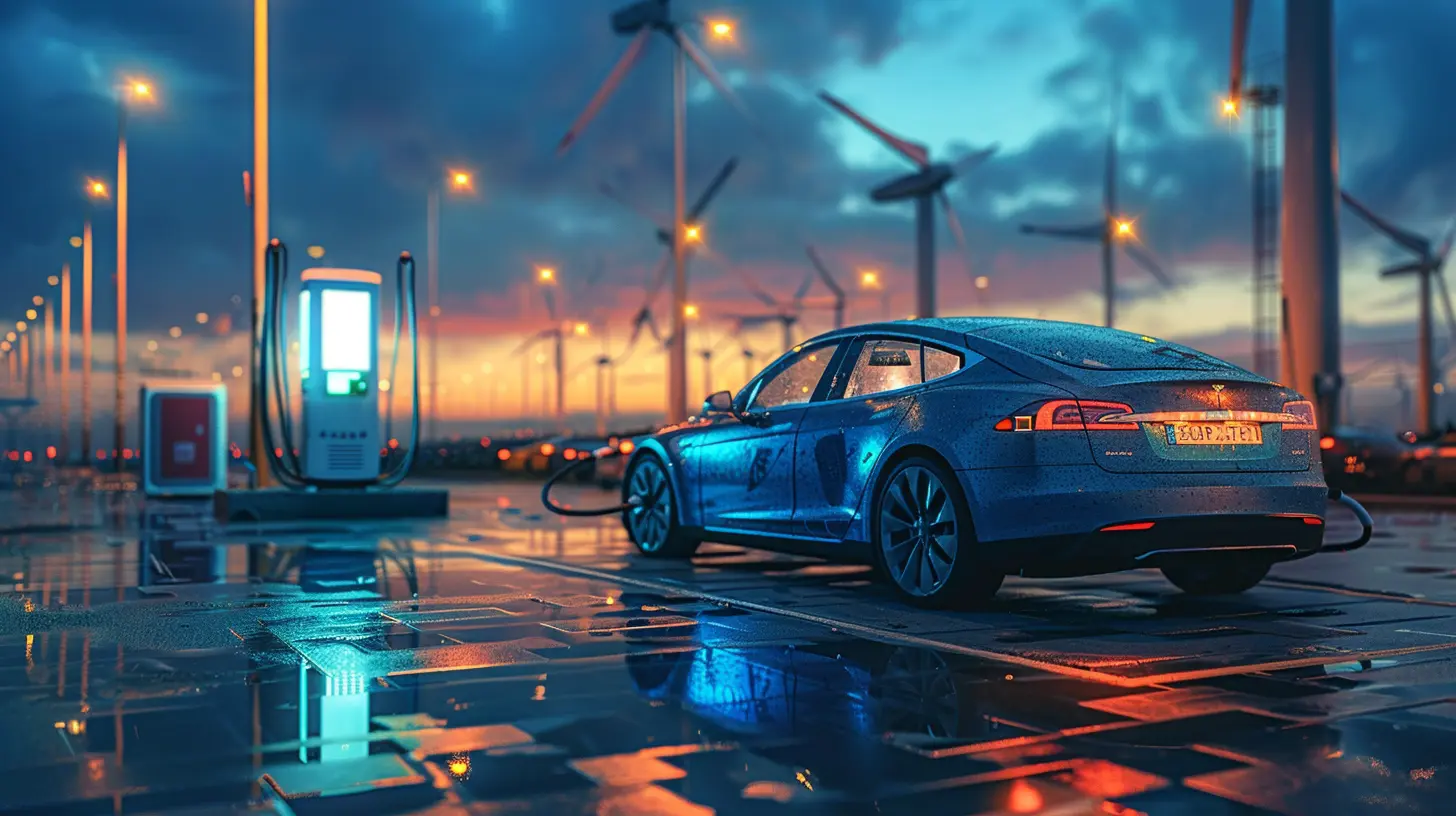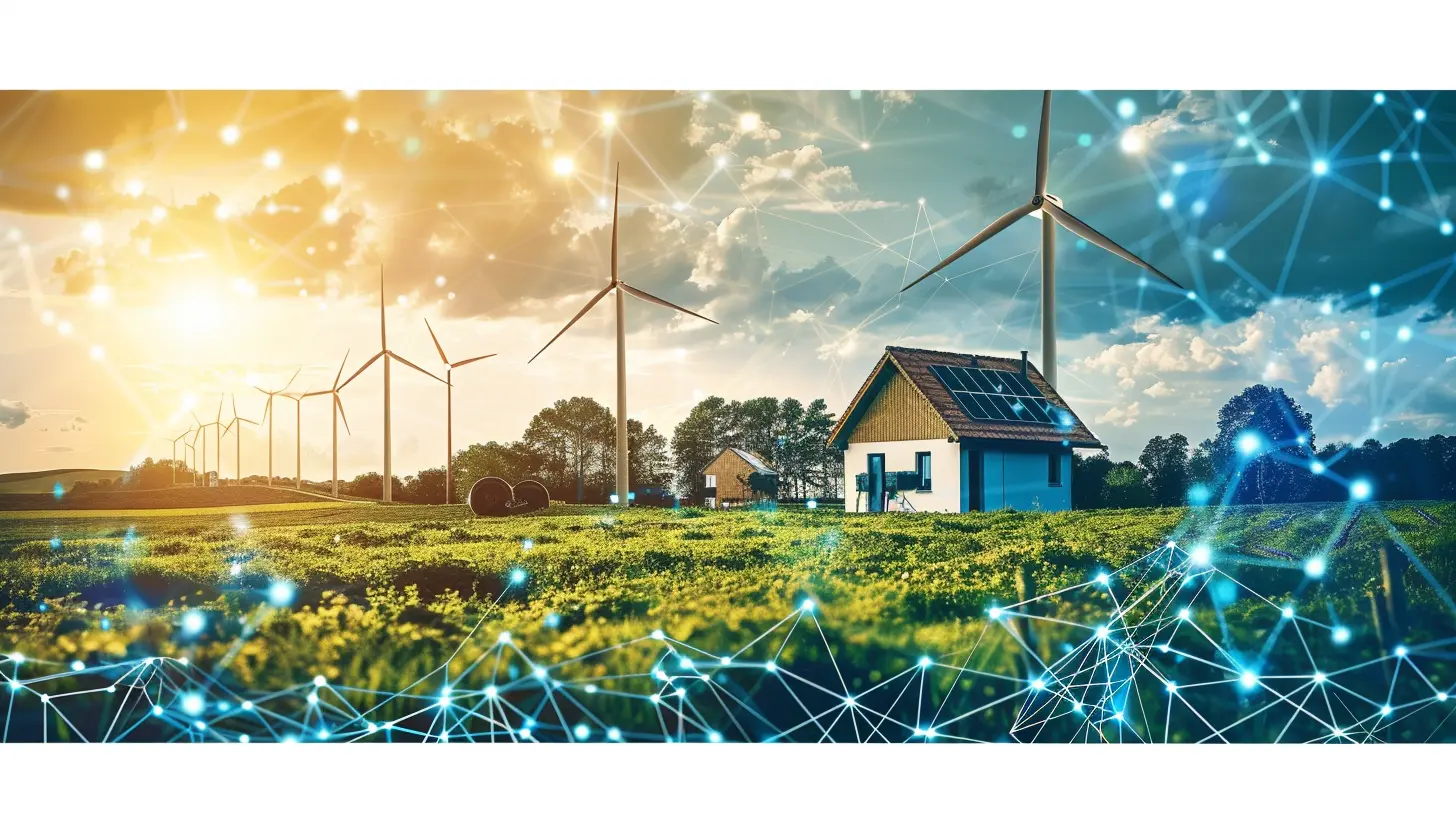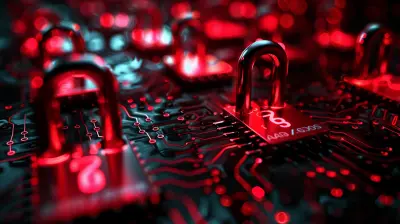The Role of Battery Innovation in Decentralized Energy Systems
9 November 2025
Let’s be real — our old-school energy systems are starting to show their age. Big, centralized power plants powering everything just doesn't cut it anymore, especially when our world is leaning heavily into renewables like solar and wind power.
But you know what’s truly revolutionizing how we store and use energy? Batteries. Yup, those power-packed devices are at the heart of a global shift toward cleaner, more flexible systems. And not just any batteries — we’re talking smart, efficient, next-gen battery innovations that are breathing life into decentralized energy systems.
So, why are batteries such a big deal in the energy game? Let’s dig in.
What Are Decentralized Energy Systems Anyway?
Before we start high-fiving batteries, let’s clear up what decentralized energy systems actually are.In the simplest terms, centralized systems are like giant tree trunks: all the energy is created in one massive spot and sent out through a long network of wires to the end-users. Think coal plants or massive hydrodam stations.
Now flip that on its head.
A decentralized energy system is more like a forest. It’s made up of many smaller, self-sufficient trees — microgrids, rooftop solar panels, wind turbines, even community solar farms. Each of these units can generate, store, and distribute energy locally.
And in this new forest of decentralized energy, batteries are like the roots. Without them, the whole system struggles to stay stable, especially when the sun isn’t shining or the wind isn’t blowing.
Why Batteries Are the Backbone of Decentralized Energy
When people hear “battery,” most think of the ones in their phones or cars. But in the energy world, batteries are so much more than that.Here’s the deal:
1. They Store Clean Energy for Later
Solar power is amazing, but it doesn’t work at night. Wind turbines? Useless on a calm day. Batteries solve this timing issue by storing energy when it’s plentiful and releasing it when it’s needed.Imagine if your fridge only worked when the sun was shining. Pretty inconvenient, right? That’s why storing energy is a game-changer.
2. They Help Stabilize the Grid
Energy demands go up and down all day long. Batteries help smooth out those ups and downs by kicking in during peak demands and saving the day when there’s an outage. This makes energy delivery more reliable — think of them as a backup singer ready to jump in when the lead loses their voice.3. They Empower Local Energy Independence
With the right battery system, a neighborhood, or even a single home, can operate independently from the main grid. This is massive for rural or disaster-prone areas where reliable power can be hard to come by.No more blackouts when the central grid fails — sounds pretty good, right?
The Evolution of Battery Technology: From Acid to Awesome
We’ve come a long way from the clunky lead-acid batteries of the past. The battery tech powering decentralized energy systems today is sleek, smart, and efficient.Here’s a quick rundown:
🔋 Lithium-Ion Batteries
The MVP of battery tech right now. Lightweight, high energy density, and long lifespan. They’re what power your smartphone — and now, they’re being scaled up to power homes, businesses, and even entire neighborhoods.Companies like Tesla and LG are pouring billions into refining this tech, and it’s paying off.
🔋 Solid-State Batteries
These are like the cool new kid on the block. Solid-state batteries promise even higher energy density, better safety (no leakage or fires!), and faster charging. They’re still working out the kinks, but the potential here is huge.🔋 Flow Batteries
A bit like a rechargeable fuel cell. They’re great for storing large amounts of energy over long periods — perfect for renewable-heavy grids. Think of them as the warehouse-sized “power banks” of the clean energy world.🔋 Sodium-Ion and Other Alt-Chemistries
Since lithium is expensive and supply chains can get tricky, researchers are exploring alternatives like sodium-ion batteries. Cheaper, more abundant, and eco-friendly? Yes, please.
Battery Innovation Driving Decentralization
Alright, so we’ve established batteries are crucial. But how exactly are battery innovations pushing decentralization forward?1. Making Microgrids More Viable
Microgrids — those small-scale, local energy systems — really shine when paired with advanced batteries. Places like remote villages or islands can generate their own power with solar or wind, store it in batteries, and operate almost entirely off-grid.That’s a big win for energy independence and reducing fossil fuel reliance.
2. Empowering Peer-to-Peer Energy Trading
Here’s something straight out of a sci-fi movie: with smart batteries, homeowners can sell excess solar power to their neighbors in real-time. This is made possible by blockchain-based platforms that track and manage energy flows.It’s like Airbnb, but for electricity. Decentralized, flexible, and community-driven.
3. Supporting Electric Vehicles (EVs) and Grid Integration
EVs are essentially big batteries on wheels, and they’re now being used to support the grid through something called vehicle-to-grid (V2G) technology. When your EV is just sitting in the garage, it can feed energy back into the house or grid.Battery innovation is what makes this two-way street possible.
The Role of AI and Smart Tech in Battery Management
Let’s not forget the brains behind the operation.Modern batteries are paired with intelligent software — think AI and IoT — that monitor performance, predict failures, and optimize energy use. These smart systems can decide when it’s best to charge, discharge, or store power.
Say you’ve got solar panels, and your app tells you to store power today because there’s a storm coming tomorrow. That’s smart energy, guided by smart batteries.
Environmental Impact and Sustainability
You might be thinking — wait, aren’t battery materials like lithium and cobalt bad for the environment?You’re not wrong to ask. Battery innovation isn’t just about performance—it’s also about sustainability.
✅ Recycling Efforts: Battery recycling is scaling up fast. Companies are finding ways to recover valuable materials and reuse them.
✅ Greener Materials: Researchers are developing batteries using less toxic components like iron and sodium.
✅ Longer Lifespan: More durable batteries mean fewer replacements and less waste.
Battery tech is getting cleaner and greener, and that’s essential if we want decentralized energy to be truly sustainable.
Real-World Use Cases: Where Decentralized Batteries Are Making Waves
Let’s look at some examples that bring all this theory to life:🇦🇺 Australia’s Off-Grid Communities
In remote parts of Australia, entire communities are powered by solar panels and large lithium-ion battery banks. These systems are fully self-contained and cut the need for expensive grid infrastructure.🇺🇸 Tesla Powerwall Homes
Across the US, Tesla Powerwall-equipped homes are storing solar energy and running their households even when the grid goes down. Think hurricanes, blackouts — these homes keep running, thanks to their battery backup.🇩🇪 Germany’s Virtual Power Plants
Germany is leading the charge with “virtual power plants,” where thousands of solar-equipped homes and their batteries are digitally connected to function like one massive power station. It’s decentralized energy on steroids.The Road Ahead: What’s Next for Battery Innovation?
Battery tech doesn’t stay still. What’s cutting-edge today could be outdated in five years. So, what’s coming next?🔮 Faster-Charging Batteries: New chemistries promise to cut charging times drastically.
🔮 Higher Energy Densities: Smaller, lighter batteries that store even more juice.
🔮 Wireless Energy Storage: Imagine charging your home battery without plugs or wires. Still early days, but researchers are on it.
🔮 Global Accessibility: As prices fall, battery-powered systems will become viable even in the most underserved parts of the world.
The future is bright — and it’s powered by smarter, more innovative batteries.
Final Thoughts: Why This Matters (A Lot)
Look, we’re standing at a major energy crossroads.On one path, we’ve got the traditional, top-heavy energy system that’s expensive, outdated, and fossil-fuel dependent. On the other, we have decentralized systems kicking off a new energy era — one that’s clean, flexible, and built on community resilience.
And at the center of this transformation? Batteries.
They’re not just accessories or backups. They’re enablers — turning ideas into action, and clean energy into real, around-the-clock power. As battery innovation accelerates, so does our journey toward a truly decentralized, sustainable energy future.
So the next time you see a solar panel or an EV charging station, remember: it’s not just about generating green power — it’s about having the means to store it, share it, and use it whenever and wherever we need.
Go batteries.
all images in this post were generated using AI tools
Category:
Battery TechnologyAuthor:

John Peterson
Discussion
rate this article
1 comments
Christa Cantu
Battery innovation is the heartbeat of decentralized energy—empowering sustainability and reshaping our energy future!
November 9, 2025 at 12:56 PM


